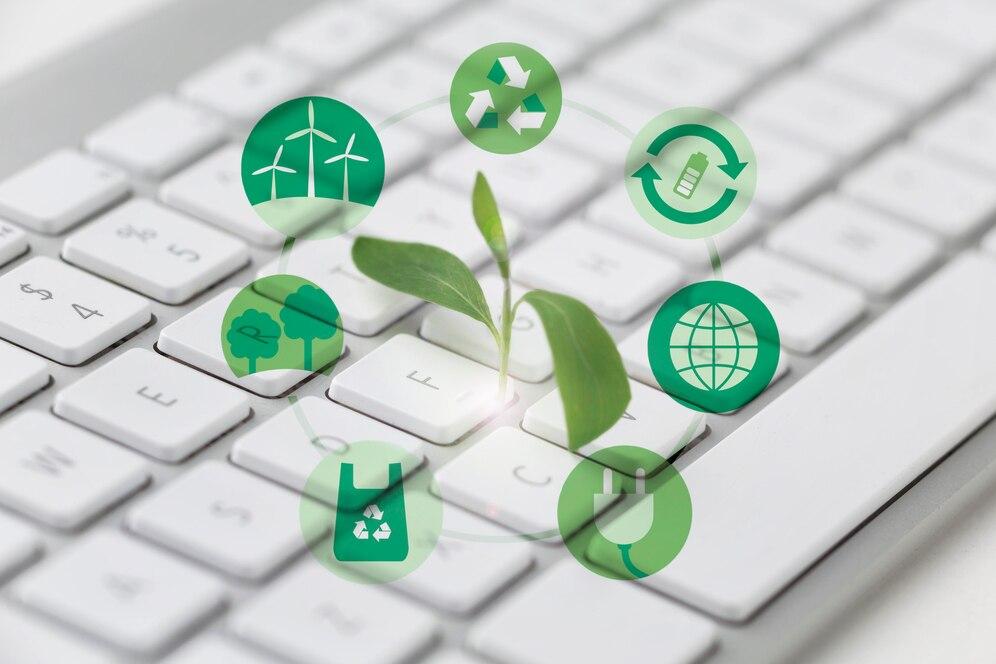Illegal dumping has been a persistent problem due to its huge environmental, economic, and public health risks. Whether unauthorized disposal of commercial wastes or improper use of dumpsters, illegal dumping causes nuisance conditions, contaminates natural habitats, and burdens municipalities with cleanup costs. However, technological growth in the commercial waste collection and Dumpster Dispatch Software spheres has given a new direction to combating this issue effectively. This blog will discuss the challenges of illegal waste dumping and how technology can help in its effective enforcement and prevention.
Understanding the Impact of Illegal Waste Dumping
Illegal dumping, also known as fly-tipping, is when someone gets rid of unwanted materials in an area not designed for waste. This involves roadsides, vacant lots, forests, and waterways. Deposited materials range from household rubbish and building rubble to hazardous substances and commercial wastes. Illegal dumping does have wide ramifications:
- Environmental Damage: Liquefaction of harmful chemicals in dumped wastes into the soil and water may harm wildlife and ecosystems. Plastics and other non-biodegradable materials may even take several decades to decompose and thus add to pollution.
- Public Health Hazards: Illegal dumpsites can foster a wide range of pests, among them rats and mosquitoes, part of which act as disease vectors. In addition to hazardous waste, it may even directly cause health risks to humans, particularly for those communities living near such dump sites.
- Economic Costs: Municipalities bear the monetary costs of cleaning up illegal dumpsites, in turn diverting that money for other public services. Illegal dumping might further impact local economies by depressing property values in areas affected by the illegal dumping.
- Legal Consequences: Businesses or individuals involved in illegal dumping could face huge fines and legal action. However, it is hard to enforce, especially in areas with resource constraints and limited capacity for monitoring and surveillance.
The Role of Technology in Curbing Illegal Dumping
Technology is increasingly playing a major role in tackling issues of illegal waste dumping. Ranging from sophisticated surveillance systems to innovative software for better management and control of wastes, these tools are capacitating municipalities and businesses to better monitor, enforce, and even prevent illegal dumping.
1. Commercial Waste Collection Technology
Commercial waste collection is a very important segment of any waste management plan, and modern technology has enhanced the efficiency and accountability of these services. Technology application in municipalities and waste management firms ensures that commercial wastes are collected and disposed of properly to reduce illegal dumping.
- Automated Tracking Systems: Using GPS fitted vehicles, municipalities can track in real-time the rounds being made by waste collection vehicles to make sure that routes are followed and that waste is collected as scheduled. This will improve service efficiency and reduce illegal dumping due to the fact that collection operations become more visible.
- Waste Auditing and Reporting: State-of-the-art waste management systems can generate highly detailed reports on collection activities, including volumes and types of waste collected. This information may be used to identify trends in illegal dumping and to better target enforcement efforts.
- Mobile Applications: Some commercial waste collection systems are integrated with mobile apps that a business or resident could use to report illegal dumping incidents. This kind of report can be geotagged and directly mailed to municipal authorities, thus making the response easier.
2. Dumpster Dispatch Software
Another strong weapon in this war against illegal dumping is dumpster dispatch software. It optimizes management of roll-off dumpsters for proper utilization and waste disposal in accordance with regulations enacted by local authorities.
- Efficient Dumpster Management: This is the ability to monitor the location and usage of a dumpster in real-time, ensuring that dumpsters are only delivered to authorized locations and serviced on time. This greatly minimizes the occurrences of illegal dumping.
- Real-Time Alerts: Such software can alert waste management teams of unauthorized dumpster movements or detection of unauthorized waste. In view of such alerts, an immediate reaction can be taken, shifting the dumpster or contacting law enforcement.
- Scheduling and routing: Optimizing the scheduling of pickup and drop-off times for dumpsters ensures that unwanted dumpsters lying unattended for too long a time are curbed, thereby reducing the possibilities of illegal dumping. At the same time, efficient routing reduces the impact on the environment from operations related to waste collection.
- Compliance and Reporting: Reports from the Dumpster Dispatch software help with compliance when it comes to municipal laws regarding the disposal of waste. Such reports can be used as actionable evidence in enforcement action against illegal dumpers, thus more conclusively establishing the legal case against the offenders.
3. Surveillance and Monitoring Technology
Apart from waste management software, advancements in surveillance and monitoring technology act as an essential element of deterrence and successful prosecution of illegal waste dumping.
- CCTV and Motion Sensors: A monitoring device fitted with a motion sensor can be installed at hotspots that are already identified as illegal dumping areas. It is then possible to capture high-resolution photographs and videos of illegal dumping activities with such cameras, which the police can use for evidence in prosecuting these crimes.
- Drones: Camera and sensor-equipped drones would enable monitoring over long distances in the search for illegal dumping. This technology is most applicable to remote locations or those hard to reach, where conventional monitoring techniques would be impractical.
- License Plate Recognition: LPR technology identifies the vehicle involved in the illegal dumping. This can be combined with CCTV systems to capture license plates of vehicles getting in or out of dump sites, hence providing useful information for following up on offenders.

4. Public Awareness and Engagement Tools
Any illegal waste dumping could only be combated if supported by public awareness and participation. Technology can thus become a very helpful tool in educating the public about the impacts of illegal dumping and in organizing community-based reporting and prevention.
- Reporting Mobile Apps: As explained in the preceding section, mobile apps could be utilized or leveraged to easily and effectively allow residents and businesses to report illegal dumping occurrences. Such apps can facilitate community involvement in enforcement by providing an avenue for direct contact between residents and the municipal authority.
- Social Media Campaigns: Social media can be used to raise awareness about the illegal dumping menace and practices of responsible waste disposal. Municipalities and environmental organizations can utilize such campaigns to reach audiences that are likely to take part in anti-dumping initiatives.
- Online information includes websites, webinars, and online courses that can be used to inform the public about the environmental and legal implications of illegal dumping. They can also offer insight into how one should dispose of, and recycle wastes properly.
Conclusion
Illegal dumping of wastes is a socially layered problem that calls for multi-dimensional approaches for effective handling. While enforcement and legal measures are essential, prevention is equally important. Utilizing technology in business waste collection systems, Dumpster Dispatch Software, among others, municipalities and businesses can collaborate in promoting best practices related to waste management, improving vigilance and monitoring, and engaging the public in the fight against illegal dumping.
A more advanced future will take birth to refined tools and solutions with the advancement of technology. It is by keeping themselves updated with the latest technology that these communities can take better care of their environment, cleanup costs, and foster a culture of responsible waste management. After all, technology is what will come together with the combination of enforcement and public engagement to finally realize success over the challenge of illegal dumping and in building a more sustainable future.






